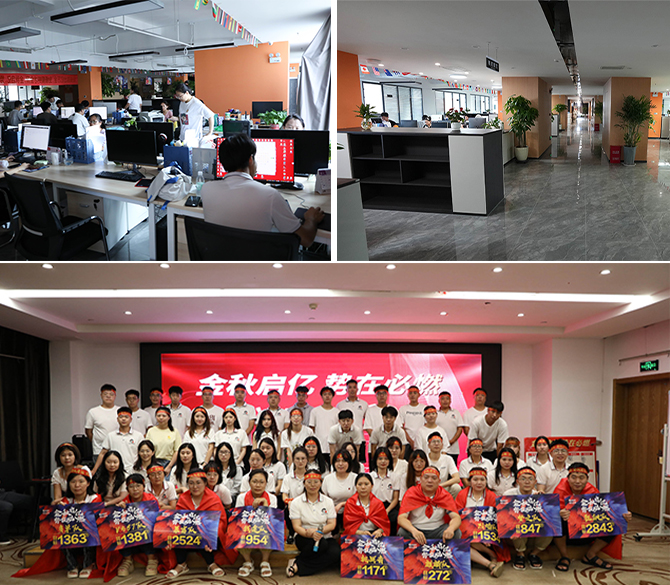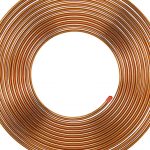
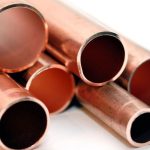
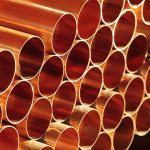
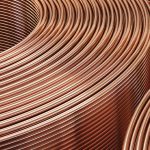
C11000 copper is known for its exceptionally high thermal conductivity. It ranks among the best of all commercially available materials in terms of heat transfer efficiency. The thermal conductivity of C11000 copper is approximately 398 watts per meter-kelvin (W/m·K) at 20°C (68°F). This high thermal conductivity allows for rapid and efficient heat transfer across the surface of the copper tube.Copper’s malleability and ductility allow for easy fabrication of C11000 copper tubes into various shapes and sizes, further enhancing their versatility in heat transfer applications.
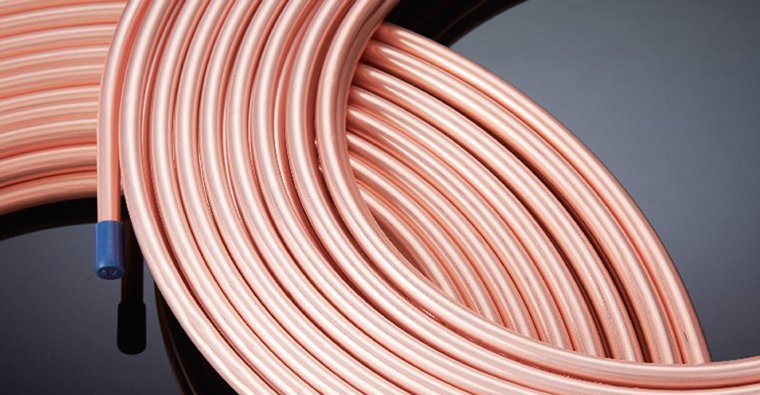
Copper, including C11000, forms a thin and protective oxide layer on its surface when exposed to air. This oxide layer acts as a natural barrier against corrosion, preventing further oxidation of the underlying copper. This self-passivating property is one of the primary reasons for copper’s corrosion resistance.C11000 copper tube exhibits a high resistance to chemical corrosion, making it suitable for applications where exposure to various liquids, gases, and chemicals is common. It is particularly resistant to non-oxidizing acids, such as hydrochloric acid and sulfuric acid, which can corrode many other materials.
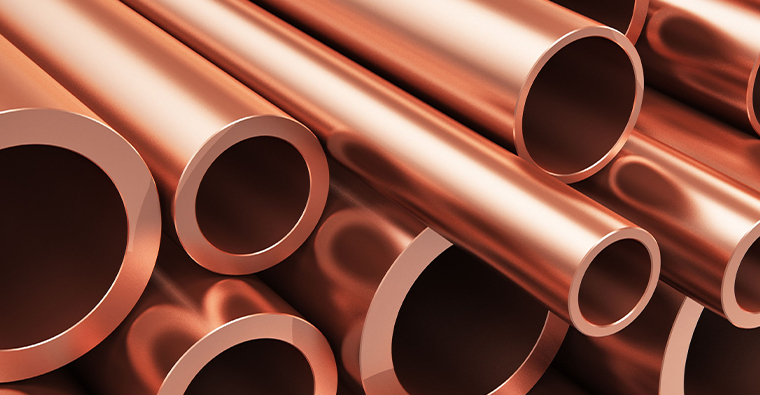
| Property | Value |
|---|---|
| Tensile Strength | 205 – 250 MPa (30,000 – 36,000 psi) |
| Yield Strength | 95 – 150 MPa (14,000 – 22,000 psi) |
| Elongation | 25 – 45% |
| Hardness (Rockwell B) | 40 – 85 (depending on temper) |
| Modulus of Elasticity | 117 – 130 GPa (17,000,000 – 19,000,000 psi) |
| Poisson’s Ratio | 0.34 – 0.36 |
